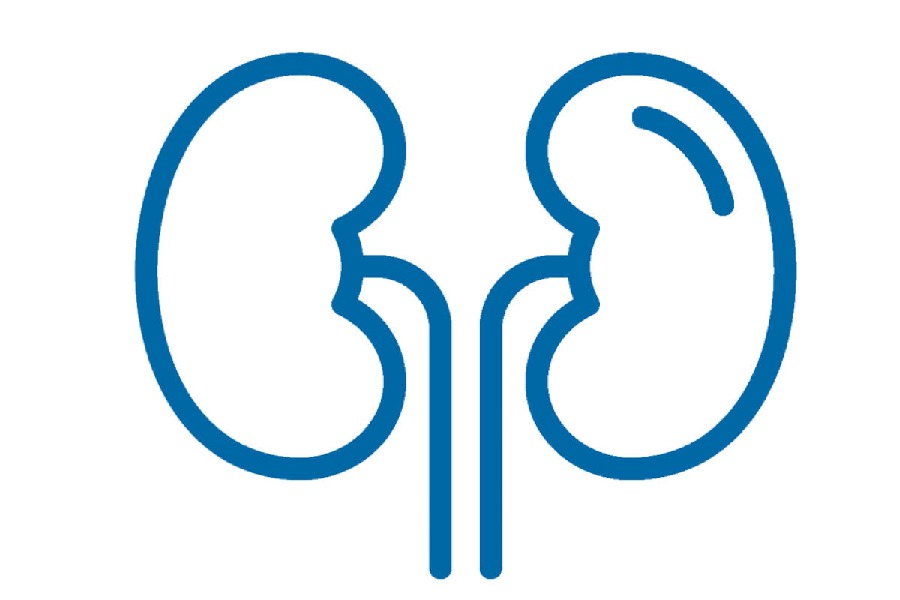Nearly three in 10 patients undergoing dialysis for chronic kidney disease in India die within a year into the dialysis regimen, double the 14 per cent mortality documented in high-income countries, a new study has found.
A nationwide assessment of survival rates among dialysis patients has also found that survival at six months ranged from 83 per cent to 97 per cent across a network of 193 private dialysis clinics, after taking into account patients’ and clinics’
differences.
The mortality at six months in rural clinics was about 32 per cent higher than in urban clinics, according to the study published on Wednesday in The Lancet Regional Health, Southeast Asia.
The reasons for these differences in survival rates need to be probed in detail but likely underscore the need for collaborative quality improvement initiatives and enhanced infrastructure for dialysis services, Indian and UK researchers who conducted the study have said.
India’s counts of patients on dialysis have been growing under subsidised treatment offered by state governments and since the Centre’s launch in 2016 of the National Dialysis Programme that offers free dialysis treatment to the poor. Over 175,000 patients were on dialysis in India in 2018.
“Access to dialysis has no doubt increased in India over the years but there is no national benchmark yet for survival on dialysis,” said Vivekanand Jha, executive director at The George Institute for Global Health, New Delhi, and study co-author.
“We need research to understand better which patients are likely to have bad outcomes,” Jha said.
Jha and his colleagues analysed the health records of 23,600 anonymised patients on dialysis. They found lower mortality in patients with higher education and higher household incomes and in patients who did not have to pay for dialysis compared to patients who had to spend their own money.
The findings also highlight what the researchers have described as global inequities in dialysis outcomes. The study noted a 28 per cent mortality over an average of 10 months into dialysis, double the 14 per cent mortality in patients over an average of 16 months in high-income countries.
Health researchers say socio-economic factors also likely influence mortality. A possible explanation for the higher mortality in those who paid for dialysis could be that patients with chronic kidney disease often require complementary medical management and medicines along with the dialysis.
“We’re speculating for now — this needs more investigation,” Jha said. But, it is possible that those who had to spend their own money on dialysis couldn’t spend enough on the other treatment they required and therefore might have experienced higher mortality.
“We’re urging the government to consider extending the coverage to include support for the prevention of kidney disease and improved long-term management of major complications associated with dialysis such as cardiovascular disease and mineral bone disease,” Jha said.
The differences in survival rates across the centres and between rural and urban clinics point to the need for a collaborative process to improve dialysis services. The health researchers say this would require “an openness to share best practices” so that low-performing centres or those operating in challenging environments can learn from high-performing ones.
“We were surprised at how much of the variation in survival between centres was left unexplained even after we included centre-level and patients’ factors in our analyses,” Carinna Hockham, a researcher at the Imperial College, London, and the study’s first author, told The Telegraph.











